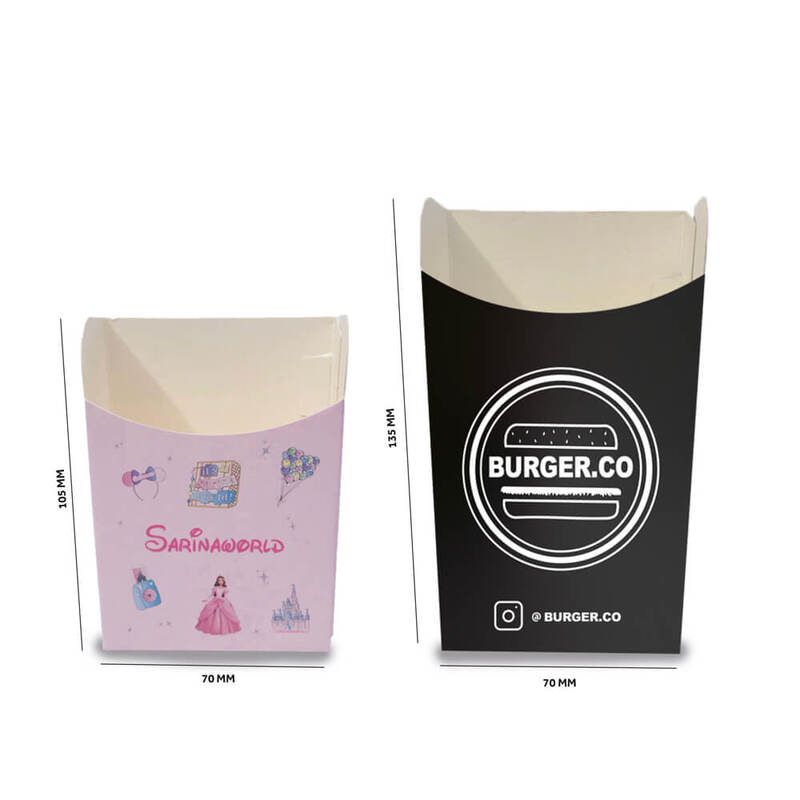The Rise of Cardboard Wine Carriers A Sustainable Choice for Wine Enthusiasts
As wine culture grows globally, the ways in which wine is packaged and transported have started to evolve as well. One notable innovation in this space is the cardboard wine carrier. The use of cardboard as a means to carry bottles has surged in popularity, driven by sustainability concerns, cost efficiency, and practical design. This article explores the features, benefits, and implications of using cardboard wine carriers in the modern wine industry.
Sustainability at Its Core
In recent years, sustainability has become a central concern for consumers across various industries, and the wine sector is no exception. Traditional packaging materials like plastic and styrofoam contribute significantly to environmental pollution, prompting wine lovers to seek more sustainable alternatives. Cardboard wine carriers offer a viable solution. Made from recycled materials, cardboard is biodegradable and can be easily recycled, making it a much greener option compared to other packaging materials.
The shift toward cardboard carriers also reflects a more profound change in consumer consciousness. As people become more aware of their ecological footprint, they are drawn to products that align with their values. By choosing cardboard wine carriers, wine enthusiasts not only support eco-friendly practices but also help promote a sustainable wine industry. In many cases, vineyards and wineries that opt for cardboard packaging see a positive response from their customers, who appreciate the commitment to sustainability.
Cost Efficiency and Practicality
Cost efficiency is another key factor behind the increasing popularity of cardboard wine carriers. Compared to glass and plastic packaging, cardboard is significantly cheaper to produce and transport. This cost-effectiveness is particularly beneficial for smaller vineyards and boutique wineries that may have tighter budgets. Additionally, since cardboard is lightweight, it reduces shipping costs, making it an attractive option for both producers and retailers.
Practicality is a crucial advantage of cardboard wine carriers. They are designed to securely hold and protect wine bottles during transportation, minimizing the risk of breakage. Many cardboard carriers come with inserts that keep the bottles separated, preventing them from colliding with each other. This feature is especially important for transporting multiple bottles while maintaining their quality and integrity.
cardboard wine carrier

Moreover, cardboard wine carriers are versatile and can be customized to meet various needs
. They can be designed for single bottles or multiple bottles and can even feature handles for easy carrying. This ergonomic design enhances the user experience, allowing wine enthusiasts to transport their favorite wines conveniently, whether they are heading to a picnic, a dinner party, or a special event.Aesthetics and Branding Opportunities
Beyond functionality, cardboard wine carriers also offer unique branding opportunities for wineries and retailers. Customizable designs allow businesses to showcase their brand identity while also providing information about the wine itself. High-quality printing techniques can be employed to create eye-catching designs that reflect the winery's story, values, and personality.
In an era where packaging plays a vital role in attracting consumers, cardboard wine carriers can serve as a powerful marketing tool. An aesthetically pleasing carrier can create a memorable unboxing experience, making the consumer feel more connected to the brand. Whether it's through elegant graphics or informative labeling, cardboard carriers can effectively communicate a winery's commitment to sustainability while also enhancing the consumer’s experience.
Conclusion A Bright Future Ahead
The increasing use of cardboard wine carriers signifies an essential shift in the wine industry toward more sustainable and innovative solutions. By embracing environmentally friendly practices, wineries not only appeal to a more eco-conscious audience but also support a movement that seeks to minimize waste and reduce the carbon footprint of wine production and distribution.
As the wine industry continues to adapt to changing consumer preferences and environmental challenges, cardboard wine carriers are likely to play a significant role in shaping the future of wine packaging. With their blend of sustainability, cost efficiency, and practical design, these carriers represent a promising trend that aligns with the values of modern consumers. For wine enthusiasts, choosing cardboard carriers is not just a matter of convenience; it’s a step toward a more sustainable and responsible wine culture.



